speedometer drive gear calculator
Speed calculation principle In the process of truck traveling, the factors affecting the speed mainly include: engine speed, gearbox output speed, rear axle speed ratio, tire rolling radius, etc. The engine commonly used on trucks converts the heat energy generated by diesel combustion into rotating mechanical energy, which is also the original power source on trucks. After the power of the engine is transmitted to the transmission, assuming a constant speed condition, the transmission will change the speed and torque between the input shaft and output shaft of the transmission through the change of speed ratio between different gears. The torque determines whether the vehicle is strong or not. I won't explain it too much here. When the engine speed, rear axle speed ratio and tire size are constant, the speed of the transmission output shaft is the key to determine the vehicle speed. Our common gearboxes are divided into direct gearboxes and overdrive gearboxes. When the speed of the input shaft and output shaft is the same, it is direct gearboxes; When the speed of the input shaft is less than the speed of the output shaft, it is overdrive.
In theory, the speed of the vehicle is actually the distance that the tire rolls over in one hour, so the size of the tire is the last link that affects the speed. When the output shaft of the rear axle rotates for one turn, the tires will rotate for one turn. The larger the tire, the greater the circumference, the longer the distance traveled in unit time, and the faster the vehicle speed.
Calculation method of vehicle speed
Direct calculation
After reading the above introduction about vehicle power transmission, we will calculate the speed. Assume that the vehicle configuration is: engine WP10.310E40, gearbox 12JSD160TA (maximum gear ratio 0.78), axle speed ratio 4.769, tire 11.00R20 (rolling radius 0.527m) such as :The speed ratio of the top gear 12 is 0.78, which means that the transmission input shaft rotates 0.78 turns and the output shaft rotates 1 turn. The input shaft speed is lower than the output shaft speed, which is an overspeed gear. The reduction ratio of the rear axle is 3.73, which means that the transmission shaft rotates 3.73 cycles and the rear wheel rotates 1 cycle. Strictly speaking, the rear axle speed ratio should be obtained by dividing the number of teeth of the crown wheel by the number of teeth of the bevel gear. If it is a multi-stage reduction, it also needs to multiply the coefficient of other reduction stages.
 English
English 
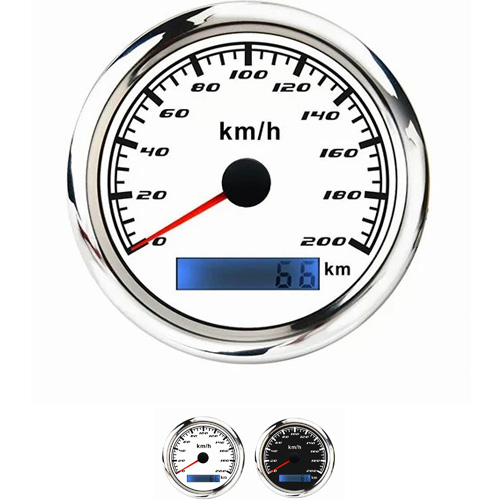
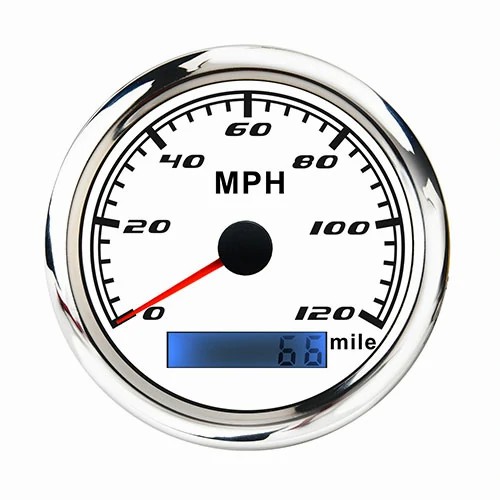

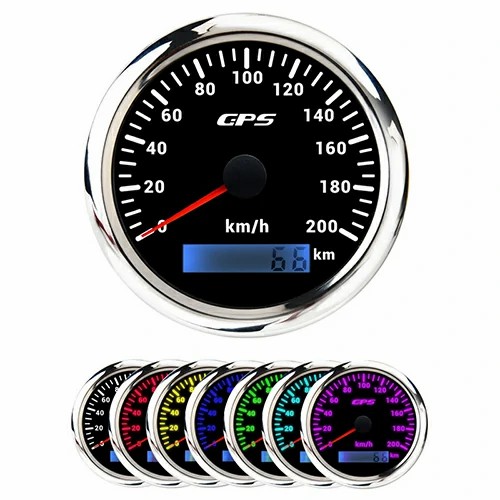
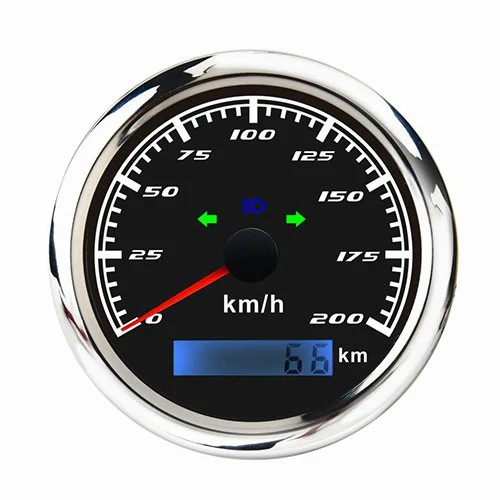
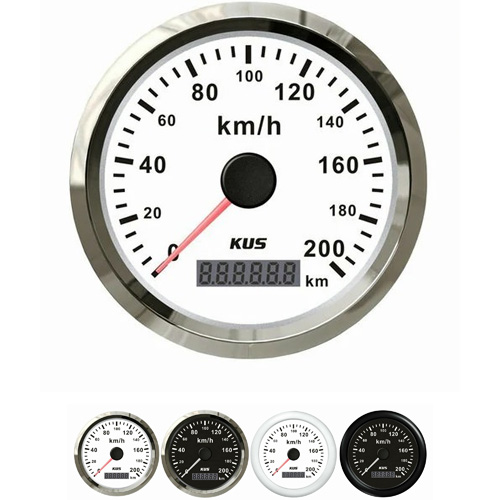
Get a Quote / Info